Physical Effects/Overview of Mechanism:
As is well-known, there are other cases in which the ion-milling term is most effective at an angle other than theta=0; that is, the yield is largest at some intermediate angle located between normal to the surface and tangential to the surface. These three typical yield curves as shown in the figures below.

|

|
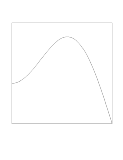
|
| Isotropic Yield Curve | Cosine Yield Curve | Ion-Milling Yield Curve |
As is well-known, the last case produces faceting related to the optimal angle. The difficulty in traditional numerical methods lies in determining how to advance the surface at places where the normal is not defined.
Level Set Methodology:
Results and Sample Simulations:
We consider three different speed functions:
- F=1 (Isotropic)
- F=cos(theta1 (Cosine Yield Curve)
- F=[1+4 sin(theta)*sin(theta)] * cos(theta) (Ion-Milling)
-
2D Etching of Downward Block under Various Yield Laws:



Isotropic Yield Curve Cosine Yield Curve Ion-Milling Yield Curve Movie: 1.2mb Movie: .8mb Movie: 1.3mb
-
3D Etching of Saddle Surface Under Ion-Milling Non-convex Yield Function:
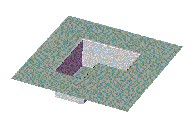
|
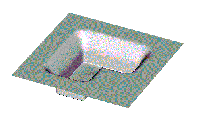
|
| Initial Saddle Shape | Intermediate Shape |
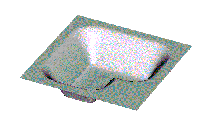
|
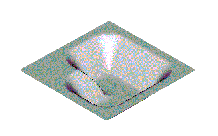
|
| Final Saddle Shape | Final Shape Rotated |